18 Aug Dressing for Success: What Should Men Wear for a Job Interview by Industry
When it comes to acing a job interview, your attire speaks volumes about your professionalism and dedication. It’s that crucial moment where your first impression is silently formed, even before you utter a single word. The way you present yourself through your clothing choice reflects not only your personal style but also your respect for the opportunity and your understanding of the industry’s expectations.
In this guide we’ll take you through different levels of formality in different industries, and we will give you simple tips on how to make the best first impression, along with some inspiration outfits for each of the levels of formality.
“One step higher”
When it comes to choosing the right interview outfit, remember: overdressing is as detrimental as underdressing. For any interview, following the “one step higher” rule is a golden ticket – it means dressing slightly more formal than the company’s dress code.
If the workplace leans towards casual, consider following business dress guidelines for the interview to demonstrate your commitment and seriousness about the position. With this approach, you can later adjust elements for a more comfortable fit.
take your time to research
How do you know what the company’s dress code is? Take the time to explore the company’s website, social media profiles, or even employee testimonials to get the sense of the prevailing attire. It’s always helpful to have some insight from someone who is already working there.
Remember, a well-researched choice of attire not only demonstrates your professionalism but also showcases your commitment to aligning with the company’s values.

The categories discussed below are:
– Strict business dress
– Business professional
– Business casual
– Casual
– Clothes for a skills interview
instantly
elevate your style
with the power of layering
Have you ever looked at someone and thought:
“Wow! Their outfit just WORKS!” That’s the power of layering for you.
In this FREE E-book we’ll teach you the skill of layering with a few simple rules and give you lots of examples for inspiration.
*by signing up you agree to our terms & privacy policy

Strict Business Dress
industries:
Law Firms, Banking and Finance, Executive Roles, High-Level Political Positions.
For the most formal industries, strict business dress is the go-to choice. Think of it as an opportunity to make a memorable entrance. For this level of formality, there is little room for change, and a more conservative choice of clothes is preferred.
Essentials:
– Opt for a dark suit with a single-breasted jacket, ideally with no patterns. Tailoring is advised for the best fit.
– Choose a well-fitted shirt with a point or spread collar. In this scenario, non-patterned shirts are advisable.
– Wear formal shoes – you can’t go wrong with a pair of classic Oxfords. Keep your shoes clean and polished. Your socks should be dark and should match the leg of the trousers. This guideline is applicable to all more formal dress codes.
Autumn/Winter
A classy overcoat is the way to go. Opt for dark colours to elevate your professional appearance. Choose a minimalistic design with no patterning.
Spring/Summer
Though options beyond the suit are limited, the benefits of lightweight fabrics such as silk or linen shine in higher temperatures.
Business professional
Industries:
Casual Law Firms and Banks, Managerial and Administrative Positions, Business Consulting, PR, Advertising, White-Collar Jobs, Teaching.
With a touch more flexibility, business professional attire retains professionalism while allowing for some personal expression. While a suit is still a favourable choice, there’s space to play with subtle shirt patterns, as well as tie and pocket square colours.
Essentials:
– Stick to a dark, smooth-textured suit with a plain white or light coloured dress shirt, and add subtle patterns for a touch of character. Check out some inspiration outfits below.
– Remember the power of a well-matched dress shirt and pocket square combo.
– Patterned tie is acceptable. Choose patterns that are not too flashy to keep a professional look.
– Dark leather belt will complete a clean and polished look. If you’re wearing a watch, remember to match watch strap colour with your belt.
autumn/winter
Overcoats work seamlessly for this scenario.
Spring/Summer
Similar to strict business attire, the jacket should stay on even in warmer seasons. However, choosing more breathable fabrics like silk or linen is a good idea.
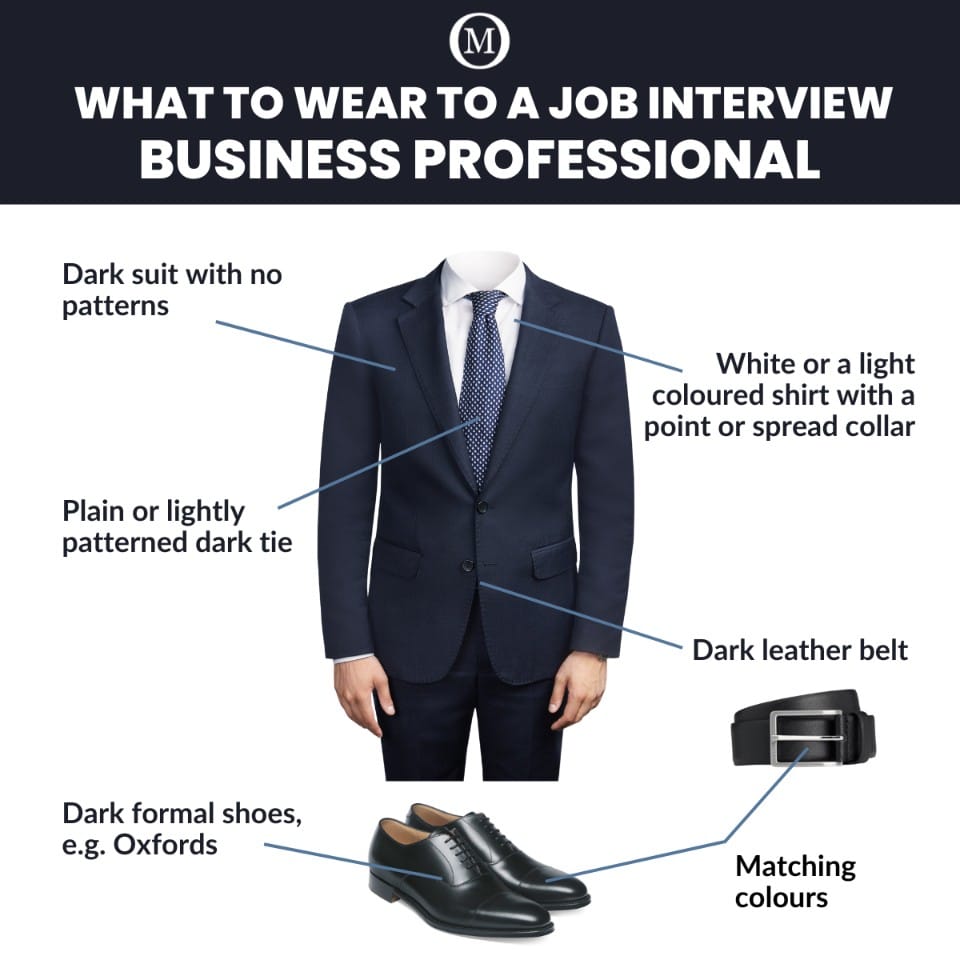
Business Casual
industries:
Small Business Jobs, Retail, Tech, Food Service, Front-of-House Staff.
Navigating business casual attire requires a fine balance between approachability and professionalism.
essentials:
– Opt for a navy or dark colour blazer. Here, you can even go for a little bit of texture that doesn’t overpower the look.
– A button-down shirt at this point is acceptable.
– You can’t go wrong with a pair of slacks. Opting for dark colours adds an extra layer of professionalism, making them the safest choice for interviews. It is not advisable to wear jeans for an interview. While possibly worn by employers, they are best reserved for later stages. Choosing slacks or chinos will show your respect and professionalism.
Autumn/Winter
The winter version can incorporate khakis, a sport coat or blazer, and minimalistic yet warm boots.
Summer/Spring
Choose light-coloured trousers and breathable fabrics to keep cool and stylish in warmer seasons.
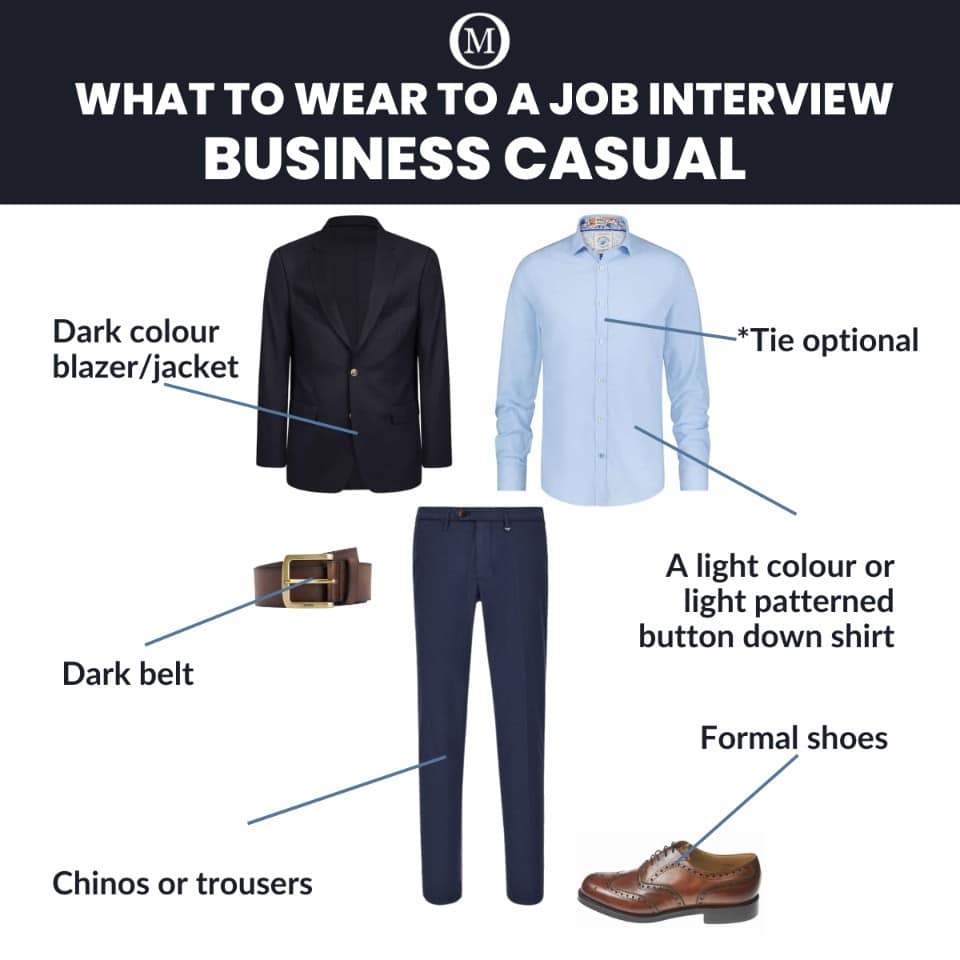
Casual
industries:
Retail, Dining, Manual Labor, Part-Time Jobs.
Even in a casual setting, dressing professionally is essential. Remember, ‘casual’ in the context of work rarely translates to ‘wear whatever you want’. You still should aim to look professional and well put-together. However, at this formality level, you can drop the blazer or the jacket.
Essentials:
– A collared shirt or polo will ensure you look professional. Save t-shirts for casual occasions; wearing them to an interview may send off the wrong message.
– Slacks or chinos are still the safest option. Opting for them during an interview will make you appear professional and dedicated.
– While a tie is not obligatory, adding it can elevate your overall appeal.
– There is no need for formal shoes. Classy trainers or casual leather shoes are safe choices. Remember to keep them neat and minimalistic.
autumn/winter
In colder seasons, layer with an overcoat or sport jacket for added style.
spring/summer
In warmer weather, opt for breathable shirts and trousers to stay comfortable while looking polished.
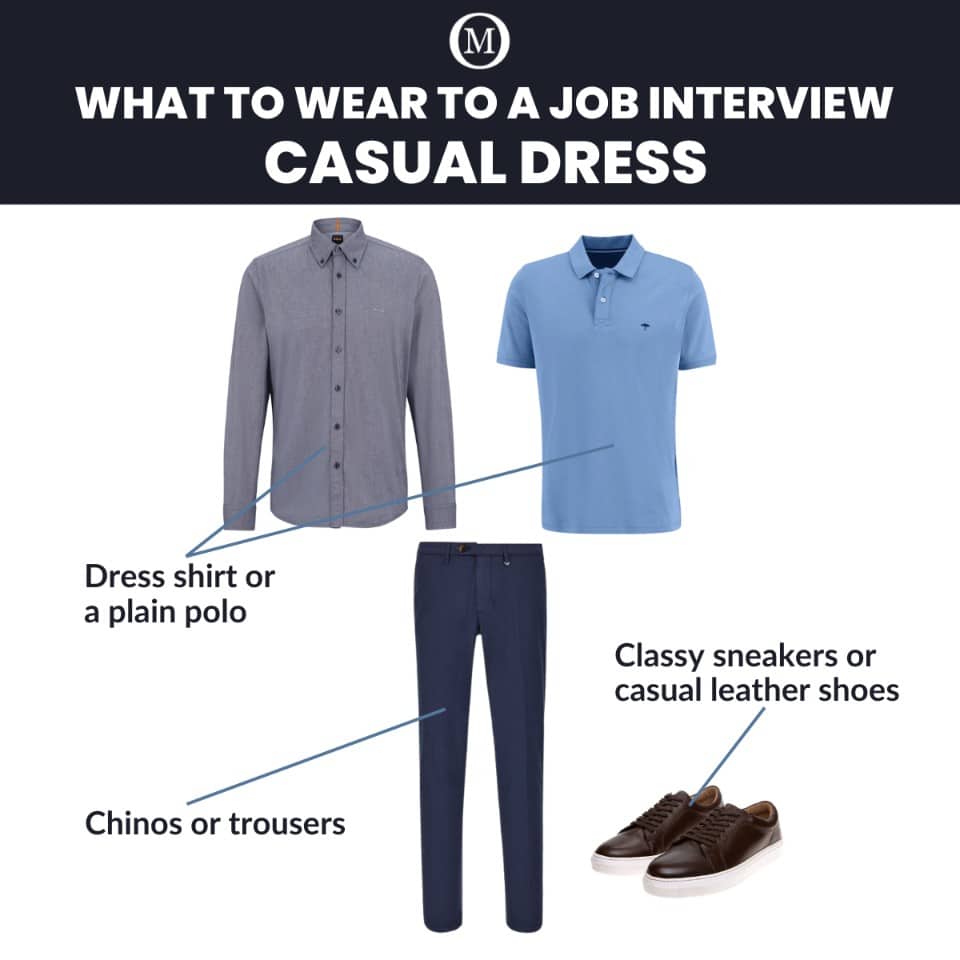
Hands-On or Skills Interview
industries:
Construction, Skilled Labor, Gardening, Factory Work.
For practical and hands-on interviews, the outfit needs to balance comfort and professionalism. The choice of clothes will depend on whether the interview involves practical tests, or just office discussions.
If you know that your potential employer will want you to perform manual tasks during the interview, opt for practicality in your clothing. Drop the blazer or a sports jacket – you don’t want to constantly adjust it or worry about it getting ruined.
essentials:
– Opt for khaki, navy, or brown work trousers. Avoid wearing light blue jeans for an interview.
– A classic light blue chambray or oxford work shirt exudes professionalism.
– Complete the look with leather shoes or boots.
autumn/winter
An overshirt or sports jacket will elevate your look in colder seasons. You can also adjust your boots, remembering to keep them neat.
spring/summer:
– Even in warmer seasons, t-shirts are not advisable to wear for an interview. Opt for breathable fabrics for your shirt. Tip: light patterns will ensure no sweat marks are visible.
final touches
Remember that grooming matters. Neat hair, trimmed nails, and a subtle scent convey a polished image. Accessories like ties, watches, cufflinks, and coordinated socks can elevate your look. Remember to match the belt and watch strap, if you are wearing one.
In terms of shoes, choose polished and well-maintained footwear that matches the formality of your attire.
Understanding interview attire based on industry is a skill that can set you apart from the competition. Following the “one step higher” rule and paying attention to the level of formality in your field will ensure you make a positive and lasting impression.
Whether you’re opting for strict business dress or a more relaxed business casual outfit, demonstrating your professionalism through a well put-together attire can give you the confidence to excel in any interview scenario.
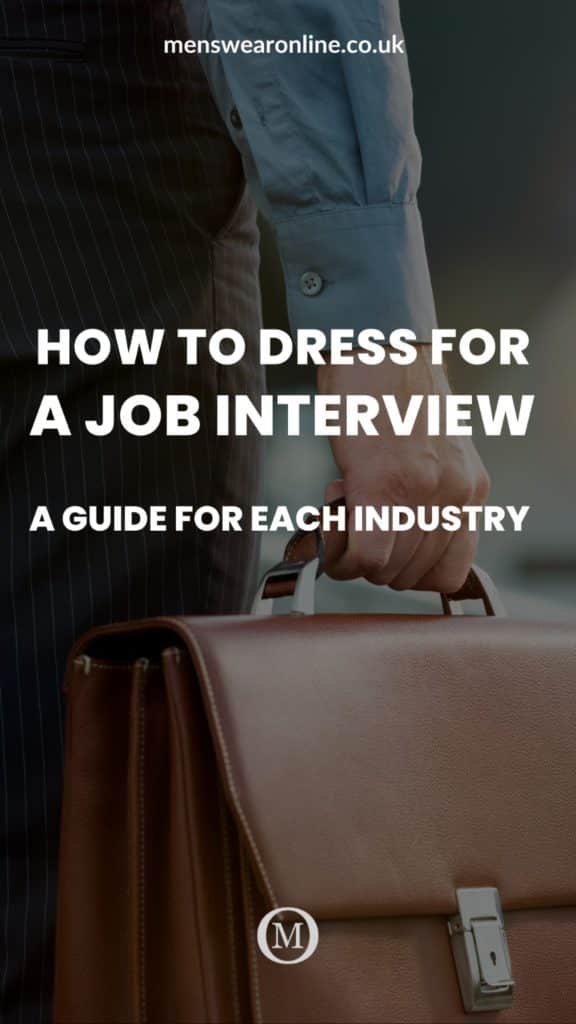
Driven by a wide range of interests, from the world of art, marketing and to the realm of global affairs. I combine my innate appreciation for elegance and an international outlook in my work.
- July 20, 2023
- June 15, 2023
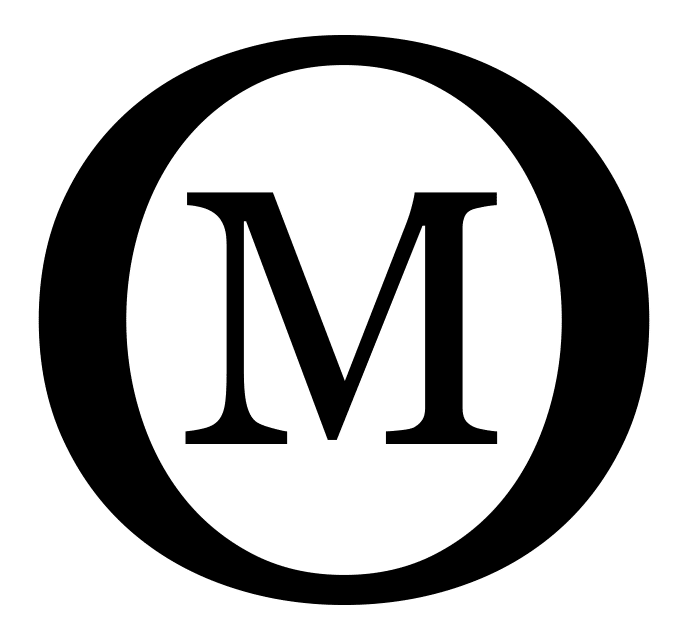
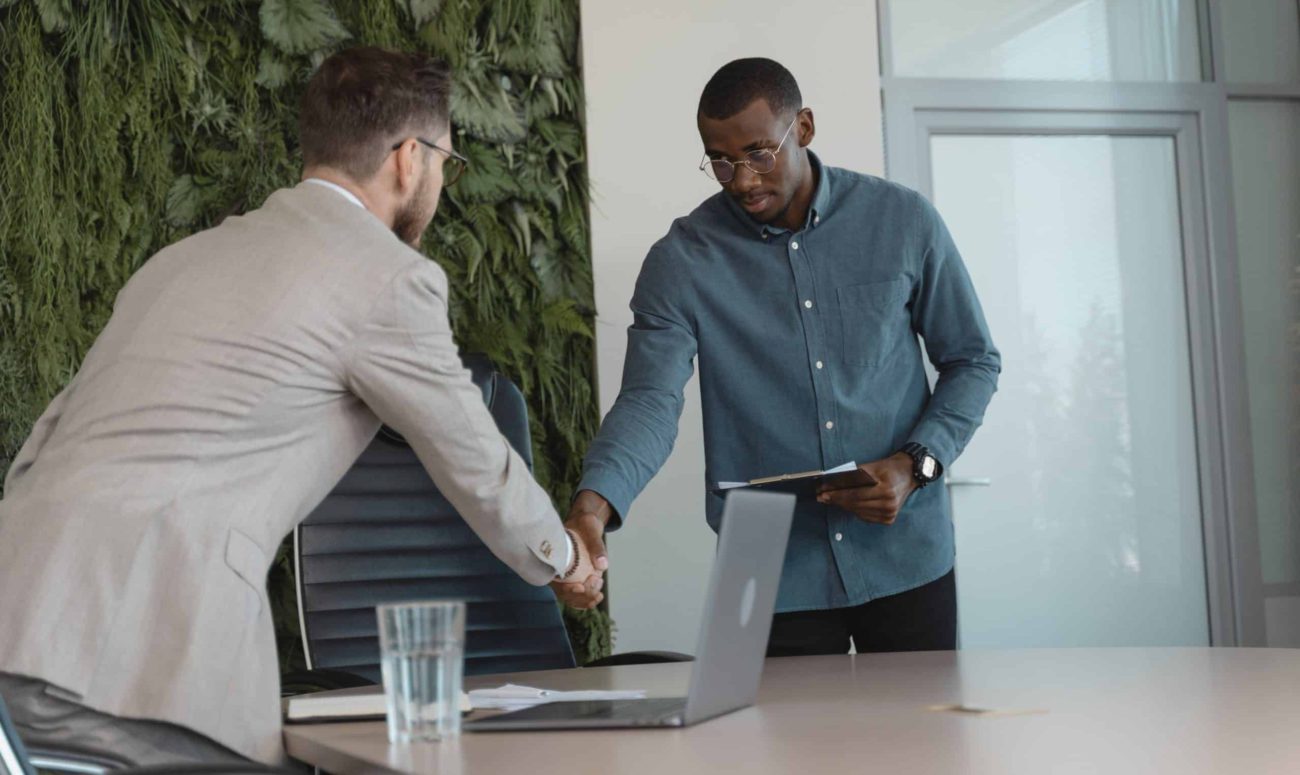
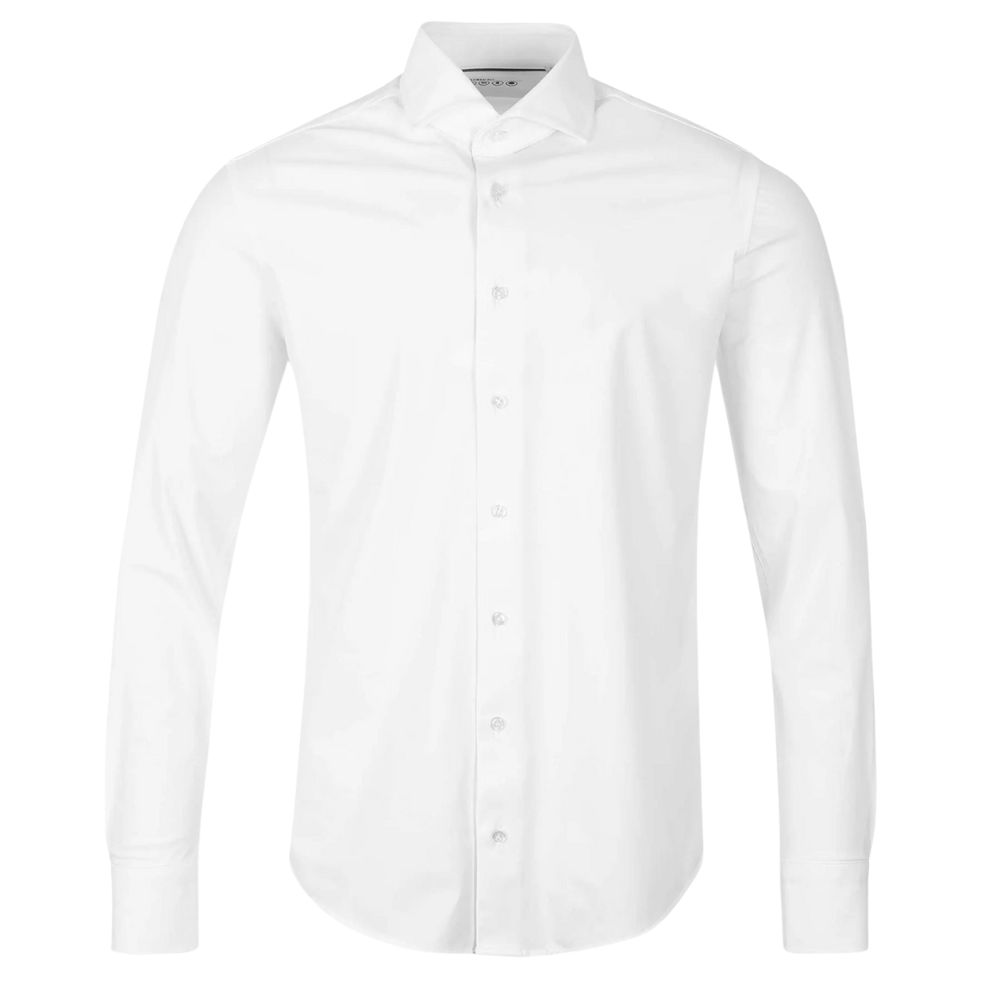


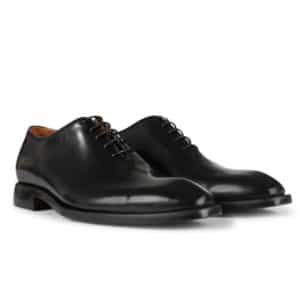

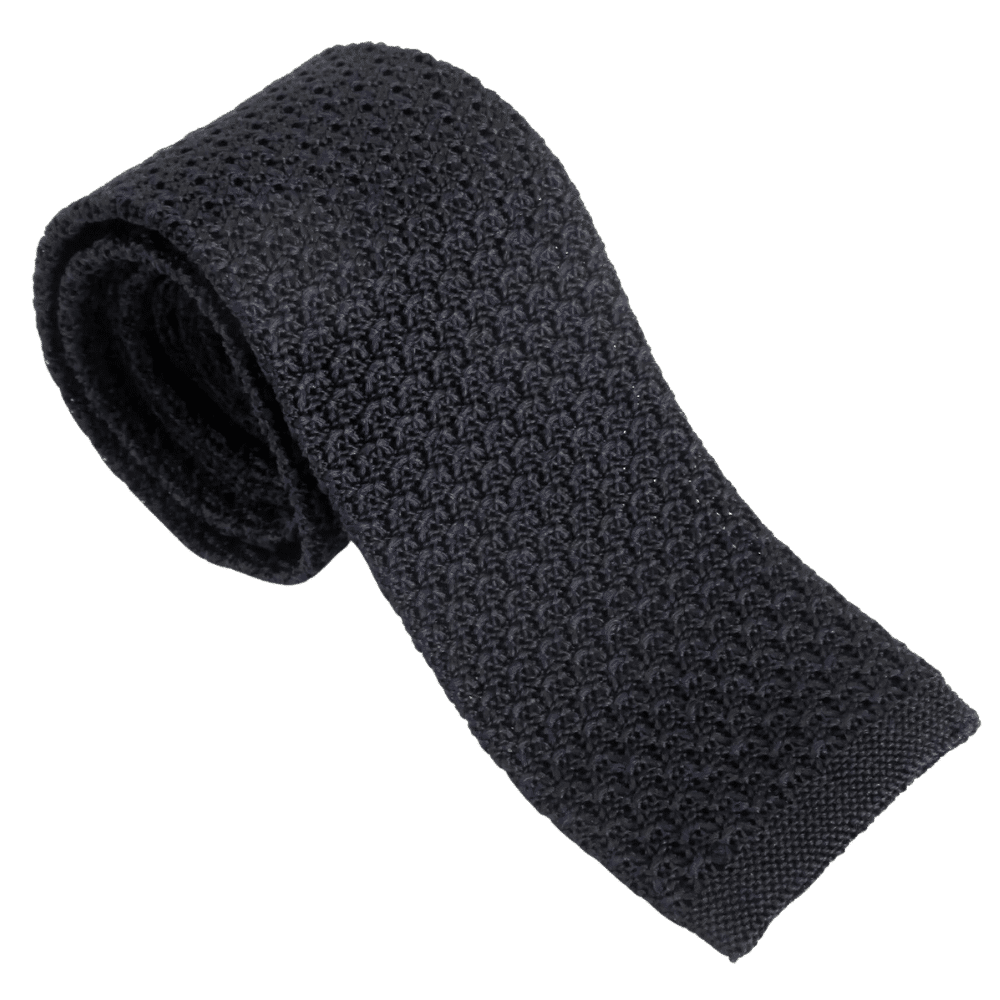


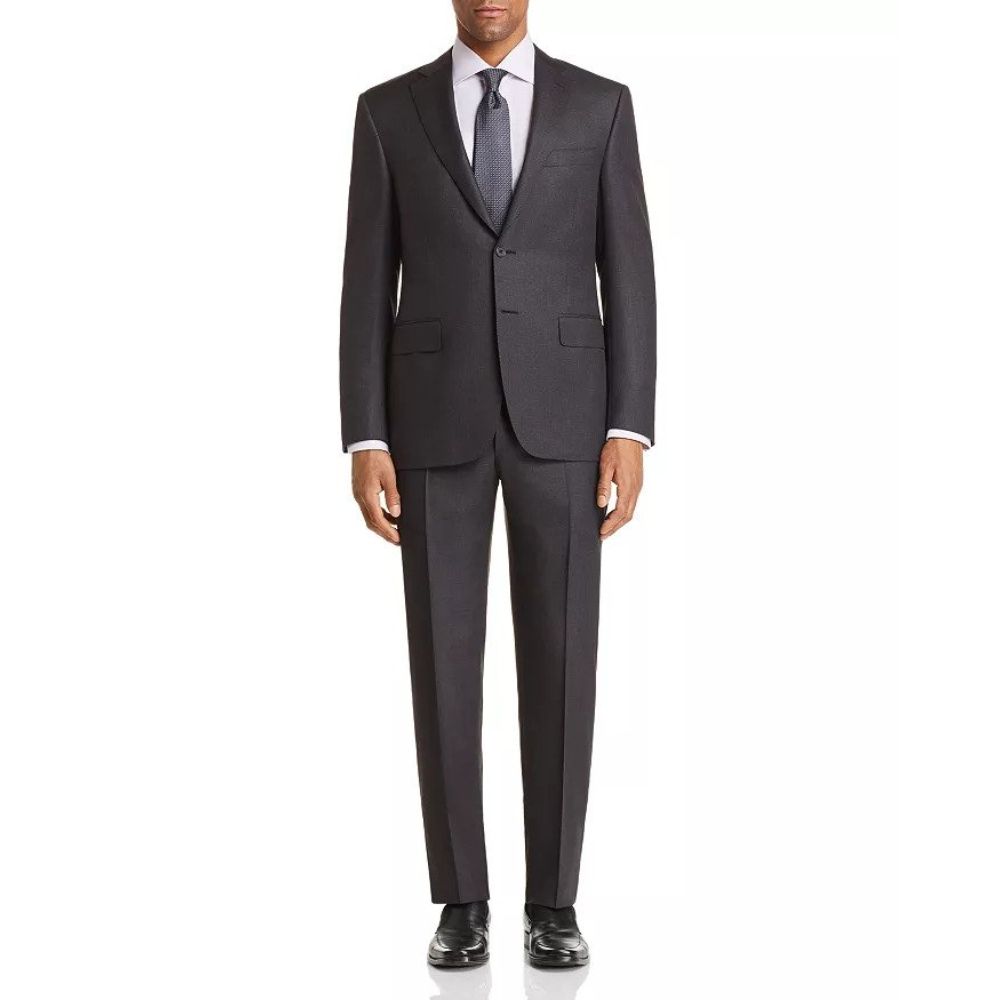
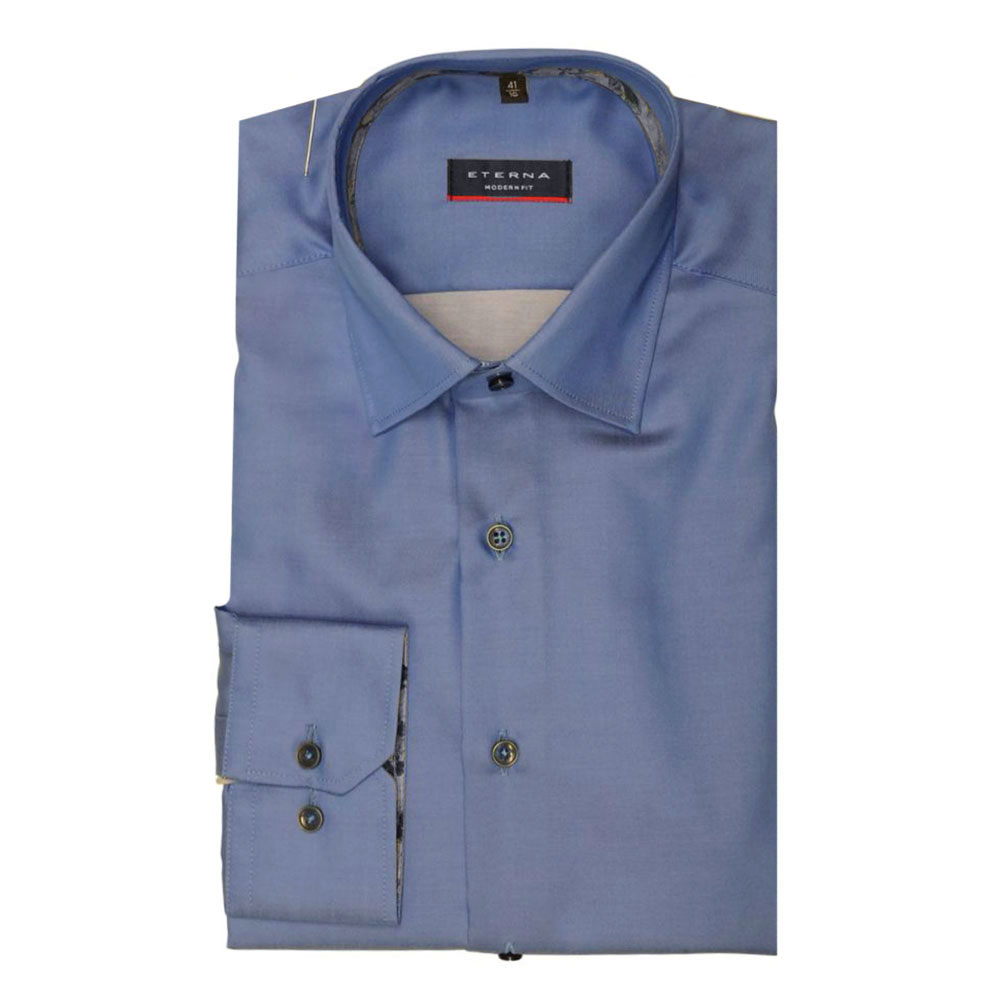
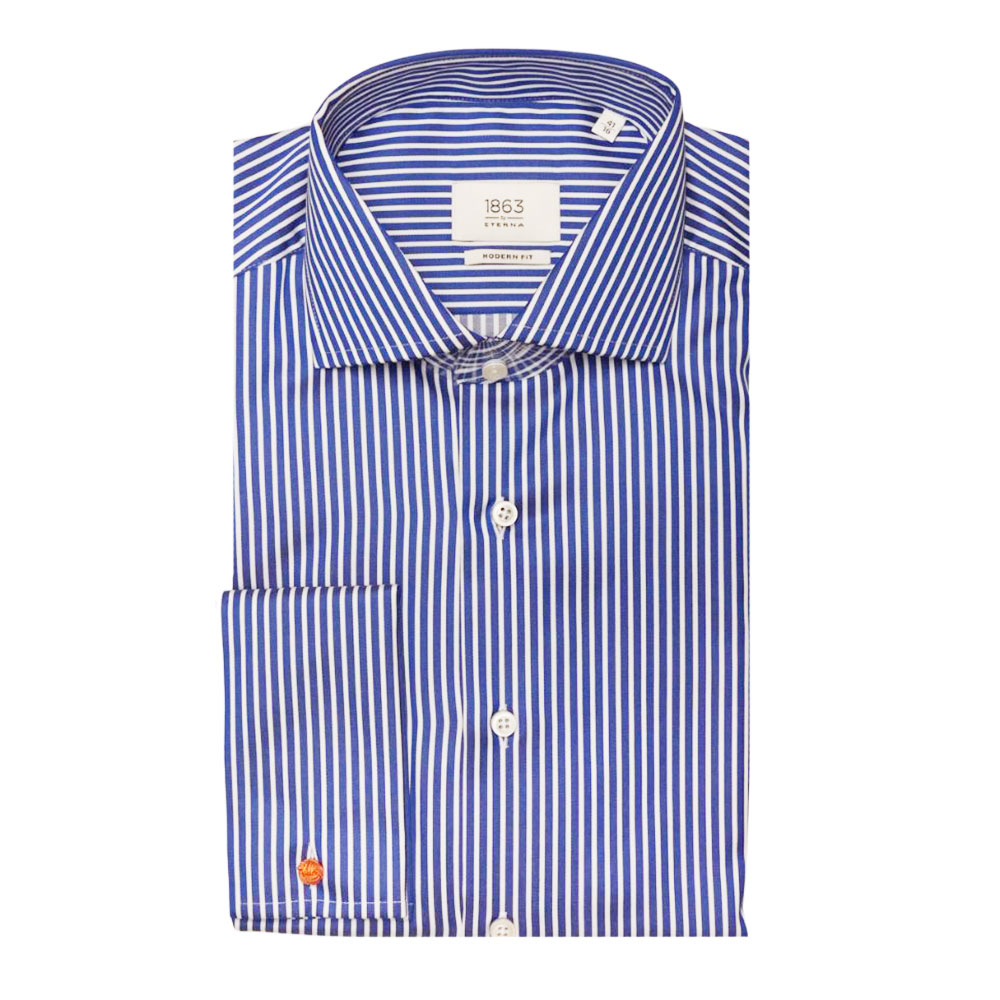

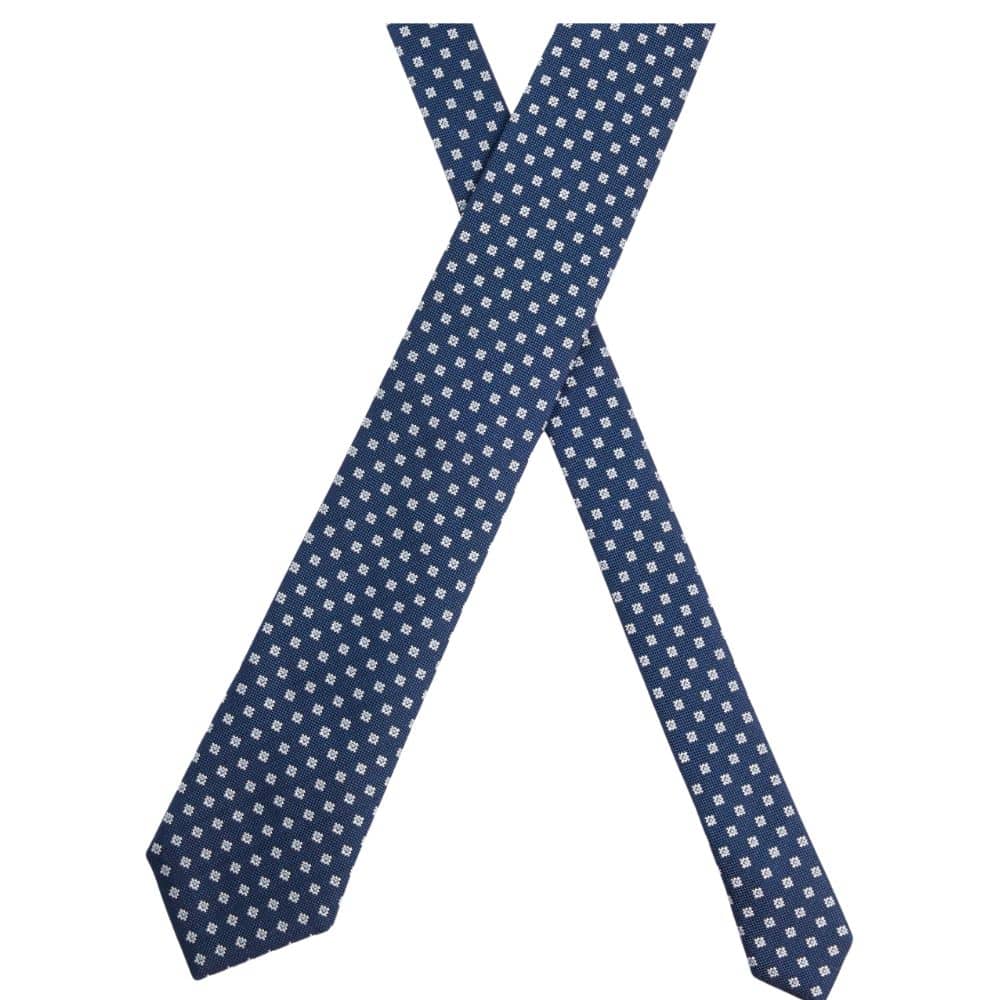

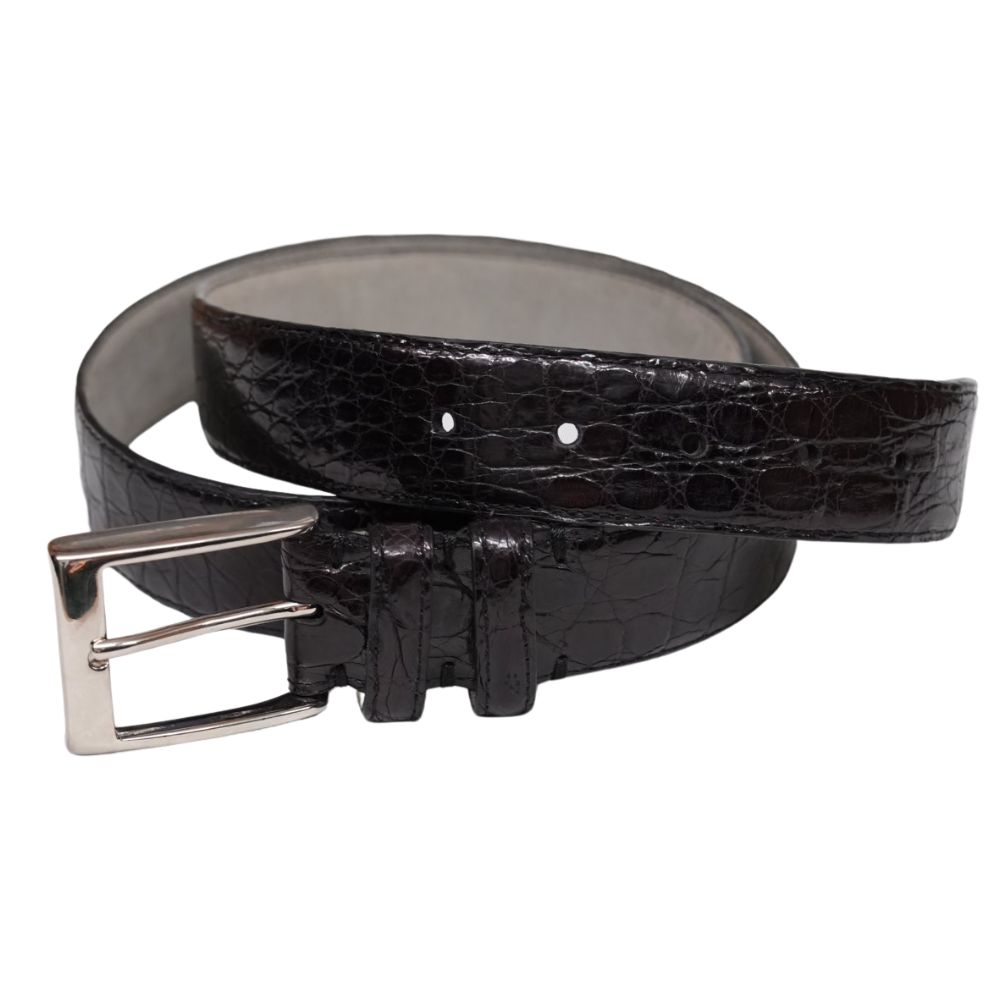


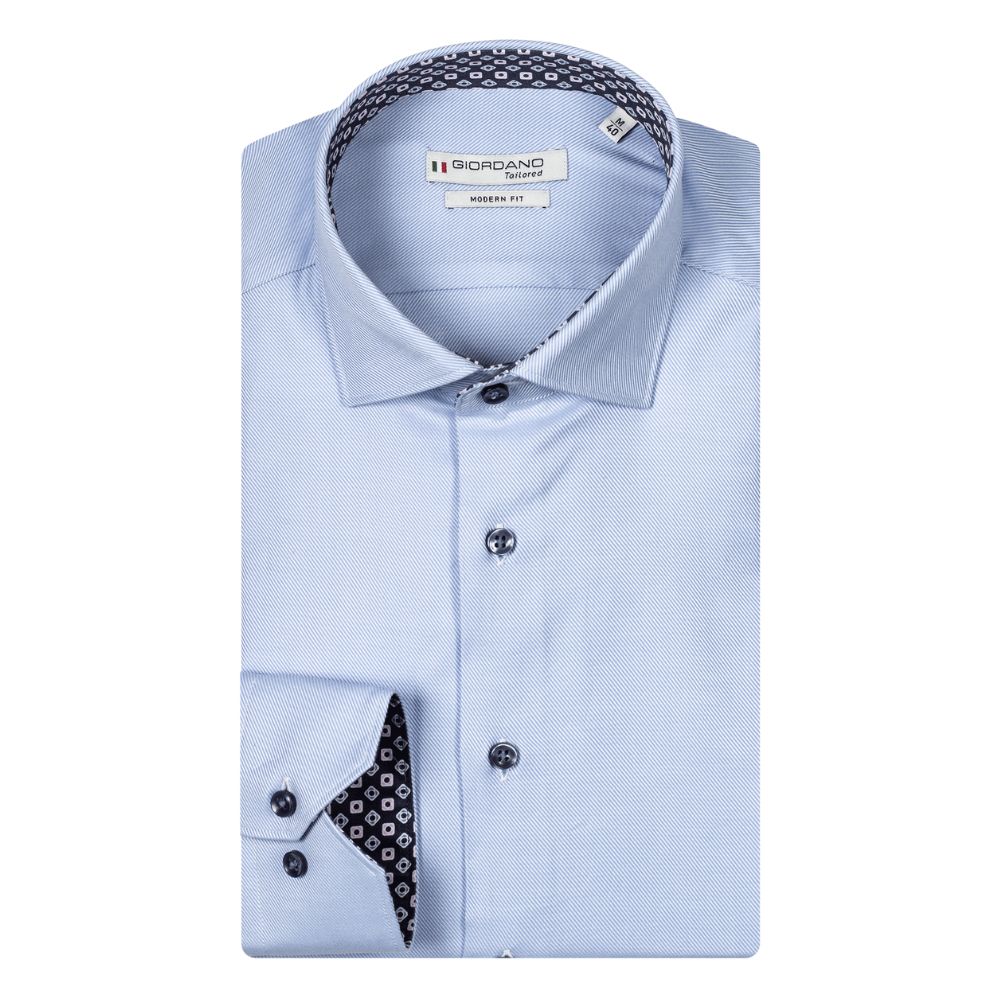

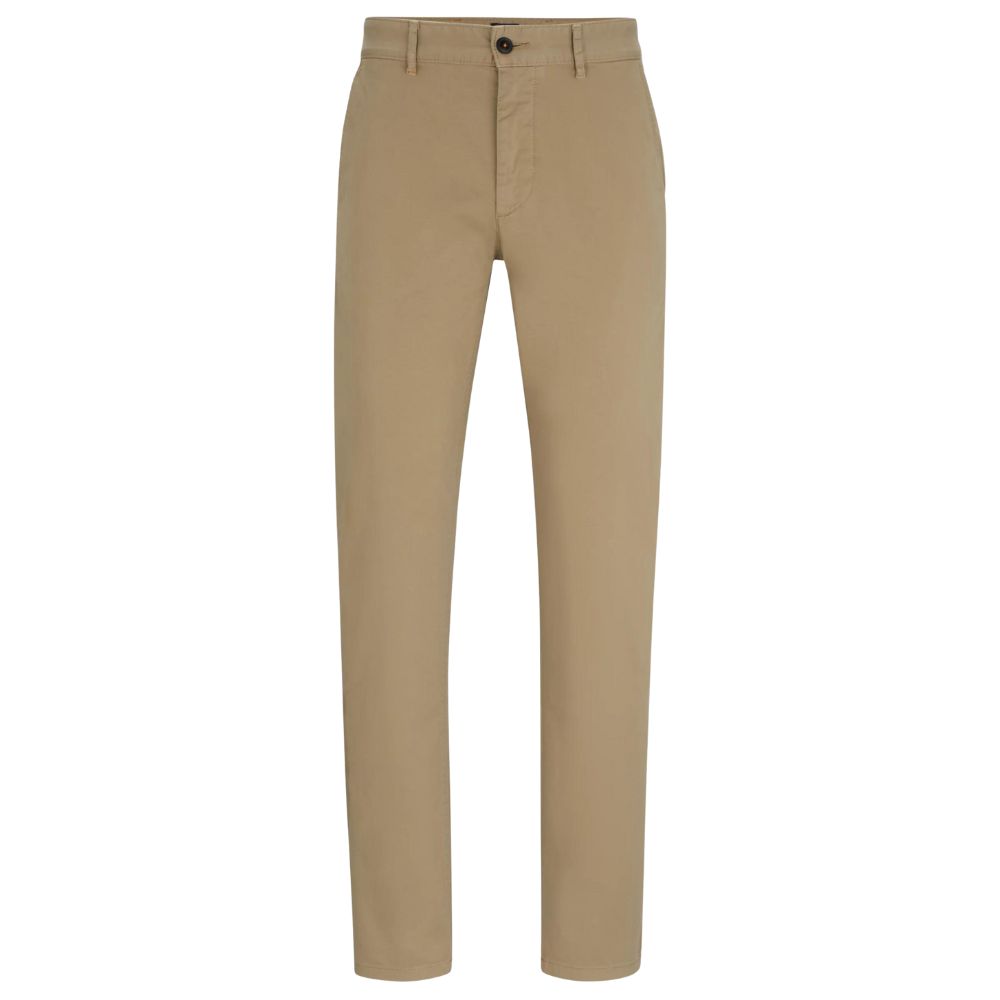


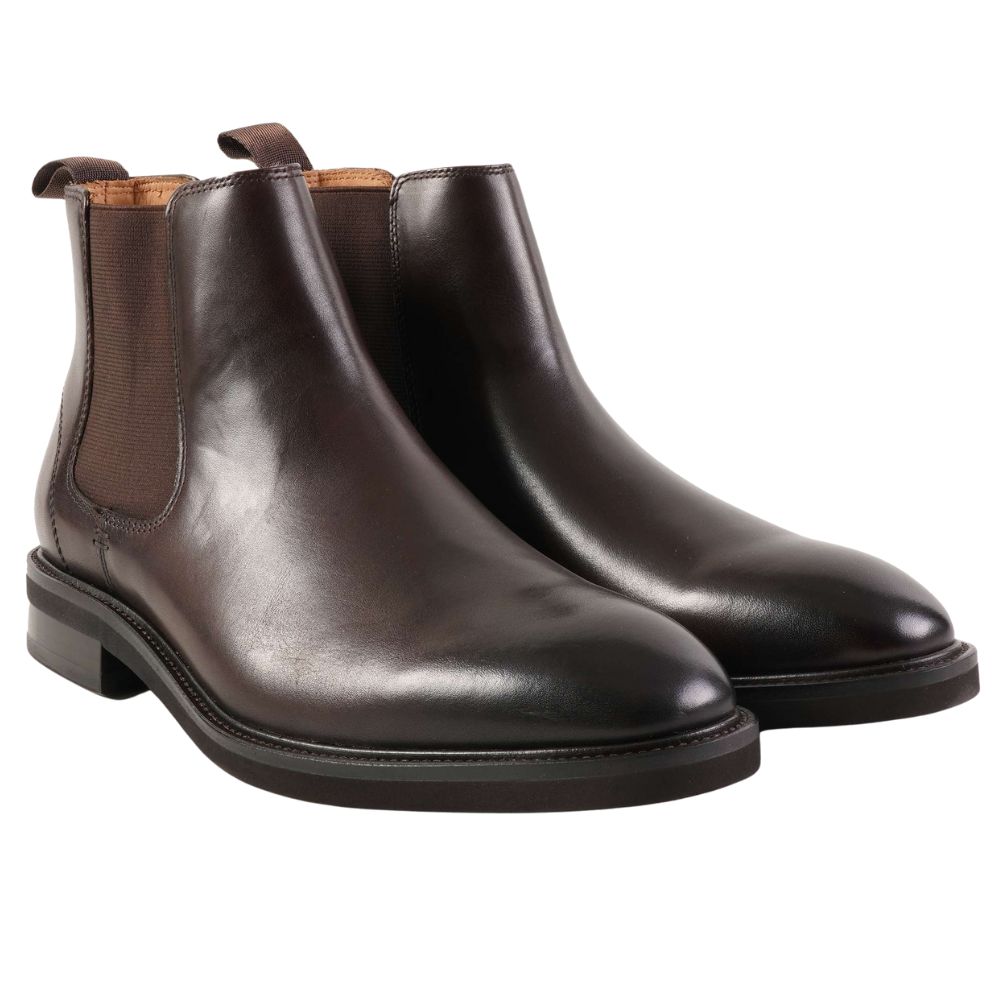





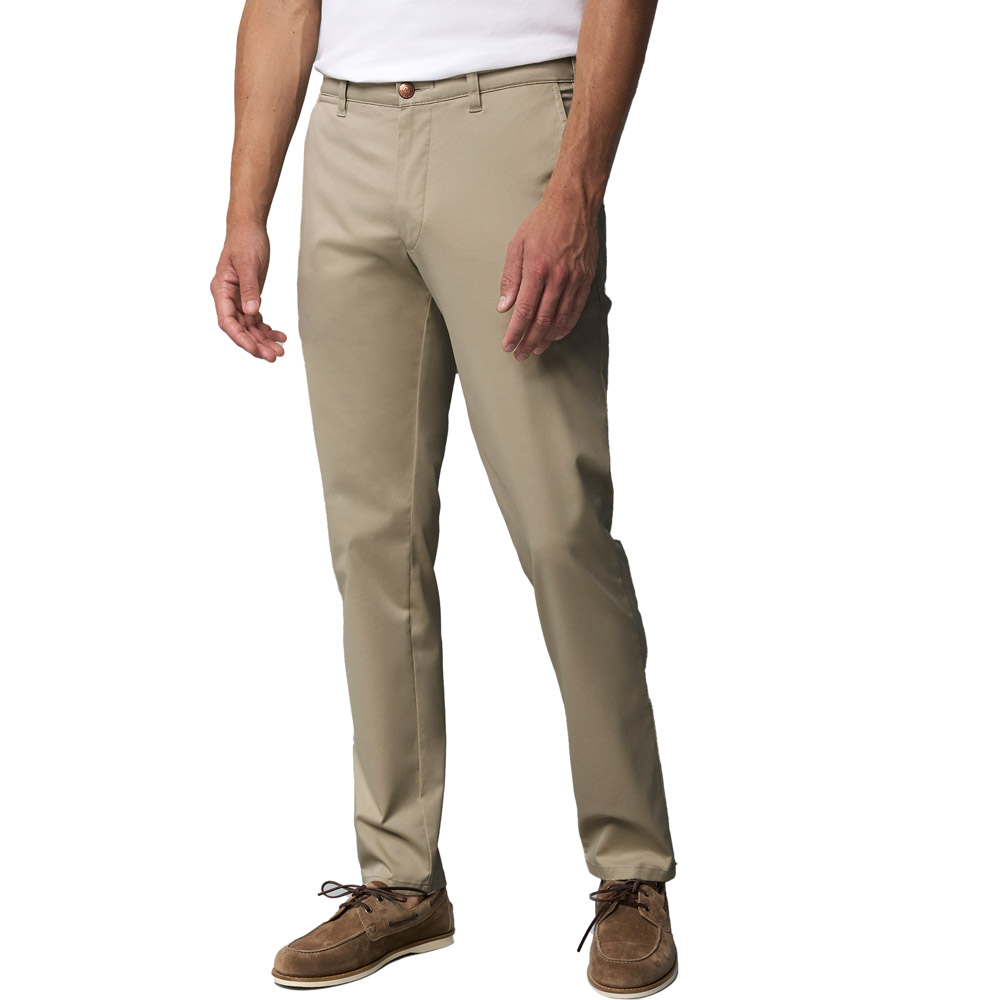

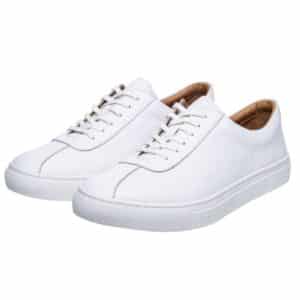
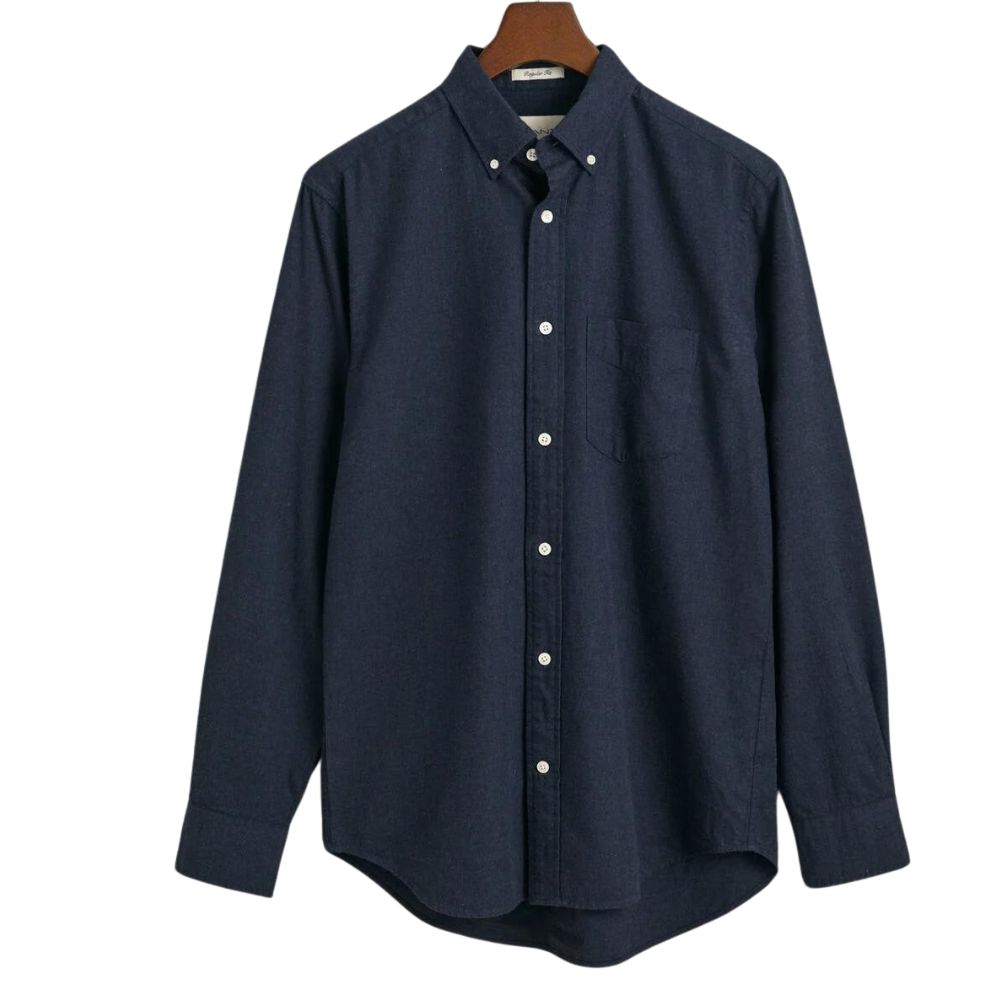

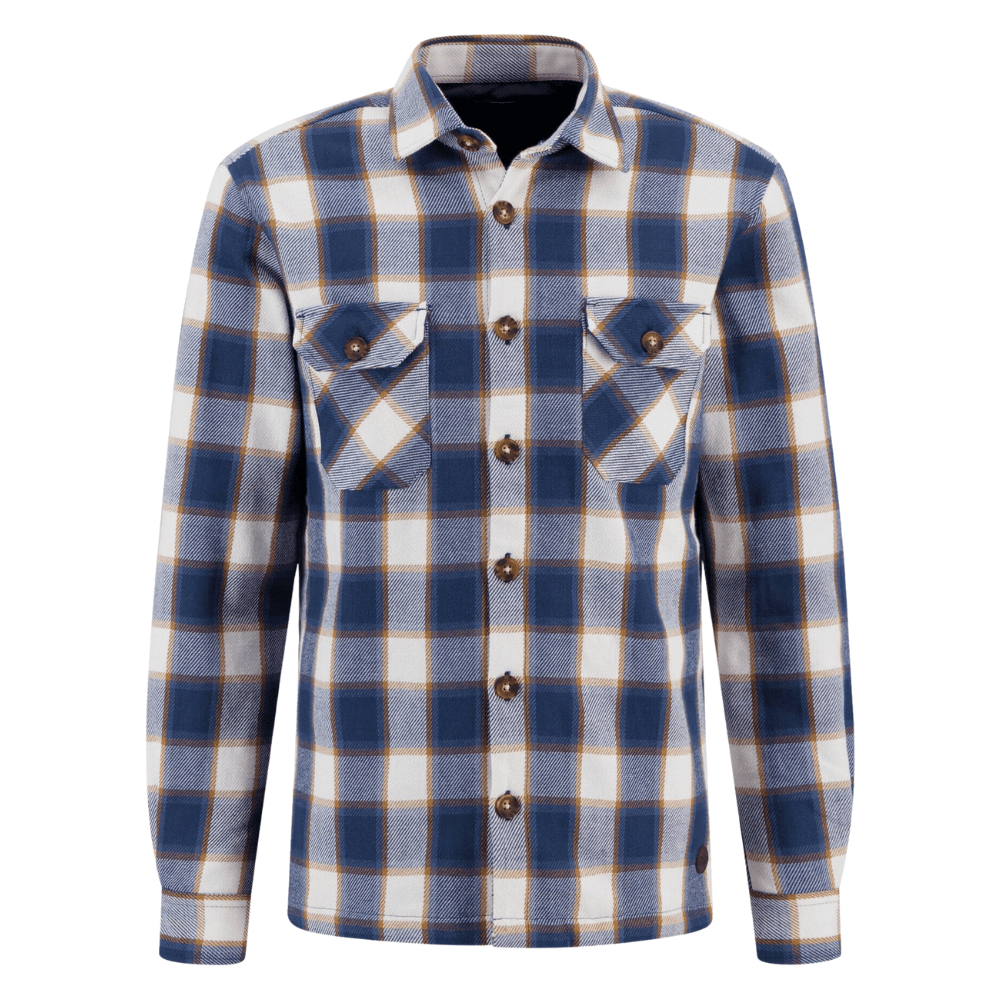


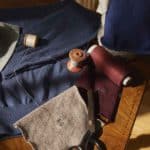
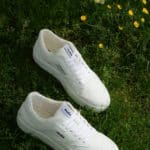
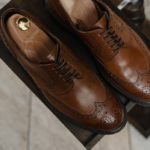


No Comments